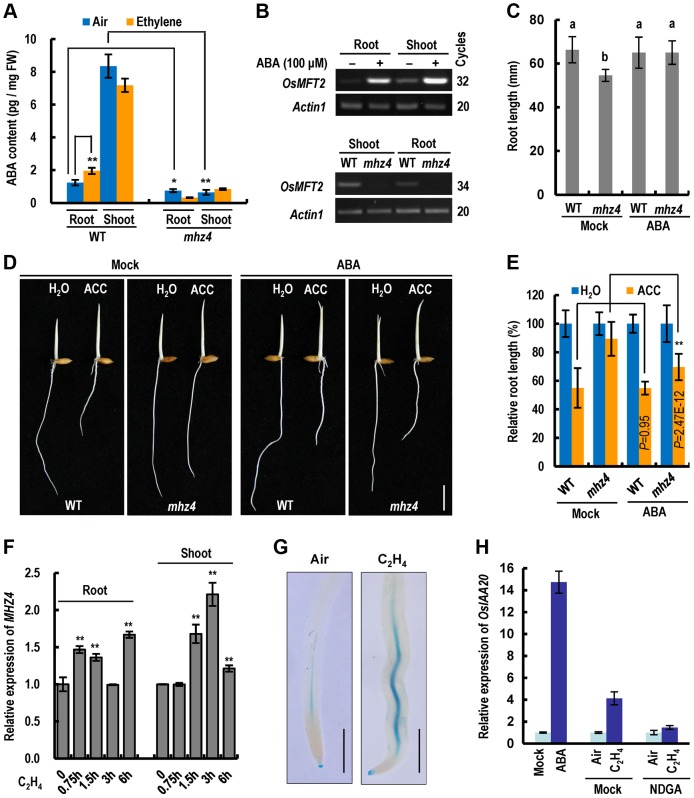Figure 4. Ethylene-induced root inhibition is largely mediated through MHZ4-dependent ABA accumulation.
(A) ABA levels in WT and mhz4 seedlings in the absence or presence of ethylene. Two-day-old etiolated seedlings were treated with or without 100 ppm of ethylene for 48 h. Data are the mean ± SD of three replicates. * and ** indicate significant difference between the compared two samples at P<0.05 and P<0.01, respectively. (B) Expression of ABA-responsive gene OsMFT2 (LOC_Os01g02120). Upper, OsMFT2 transcripts in 3 d-old etiolated seedlings of WT in response to ABA (100 µM, 6 h). Bottom, OsMFT2 transcripts detected in mhz4 and WT etiolated seedlings. Actin1 was used as an internal control. (C) Rescue of the root length of mhz4 by ABA. Rice seedlings were grown in the dark for 2.5 days in the presence or absence (Mock) of 0.04 µM ABA. Each column is average of 40 seedlings and bars indicate SD. Different letters above each column indicate significant difference between the compared pairs (P<0.01). (D) Rescue of the reduced ethylene sensitivity of mhz4 roots by ABA. WT and mhz4 seedlings were grown in the dark for 2.5 d in the absence or presence of 10 µM ACC, with or without supplementation of 0.1 µM ABA. Bar = 10 mm. (E) Quantification of root inhibition in (D). Each column is average of 40 seedlings and bars indicate SD. ** indicates significant difference between the linked two samples at P<0.01. (F) Quantitative PCR analysis of MHZ4 expression in response to ethylene. WT seedlings were grown in the dark for 2.5 d and then treated with 10 ppm ethylene for 0–6 h. Data are the mean ± SD of four replicates. ** indicate significant difference compared to 0 h at P<0.01. (G) Ethylene-induced GUS activity in roots of transgenic plants harboring MHZ4pro::GUS construct. One-day-old etiolated seedlings were treated with or without 10 ppm ethylene for 24 h. The roots were cut off and stained for GUS activity for two days. Twenty to thirty roots were observed for each treatment and representative samples are presented. Bar = 1 mm. (H) Quantitative PCR analysis of OsIAA20 expression in response to ABA or ethylene+NDGA. Dark-grown 2 d-old WT seedlings were treated with 100 µM ABA for 6 h, or treated with 10 ppm ethylene for 8 h in the presence or absence (Mock) of 100 µM NDGA. The RNA from roots was isolated for quantitative PCR. Data are the mean ± SD of four replicates.

